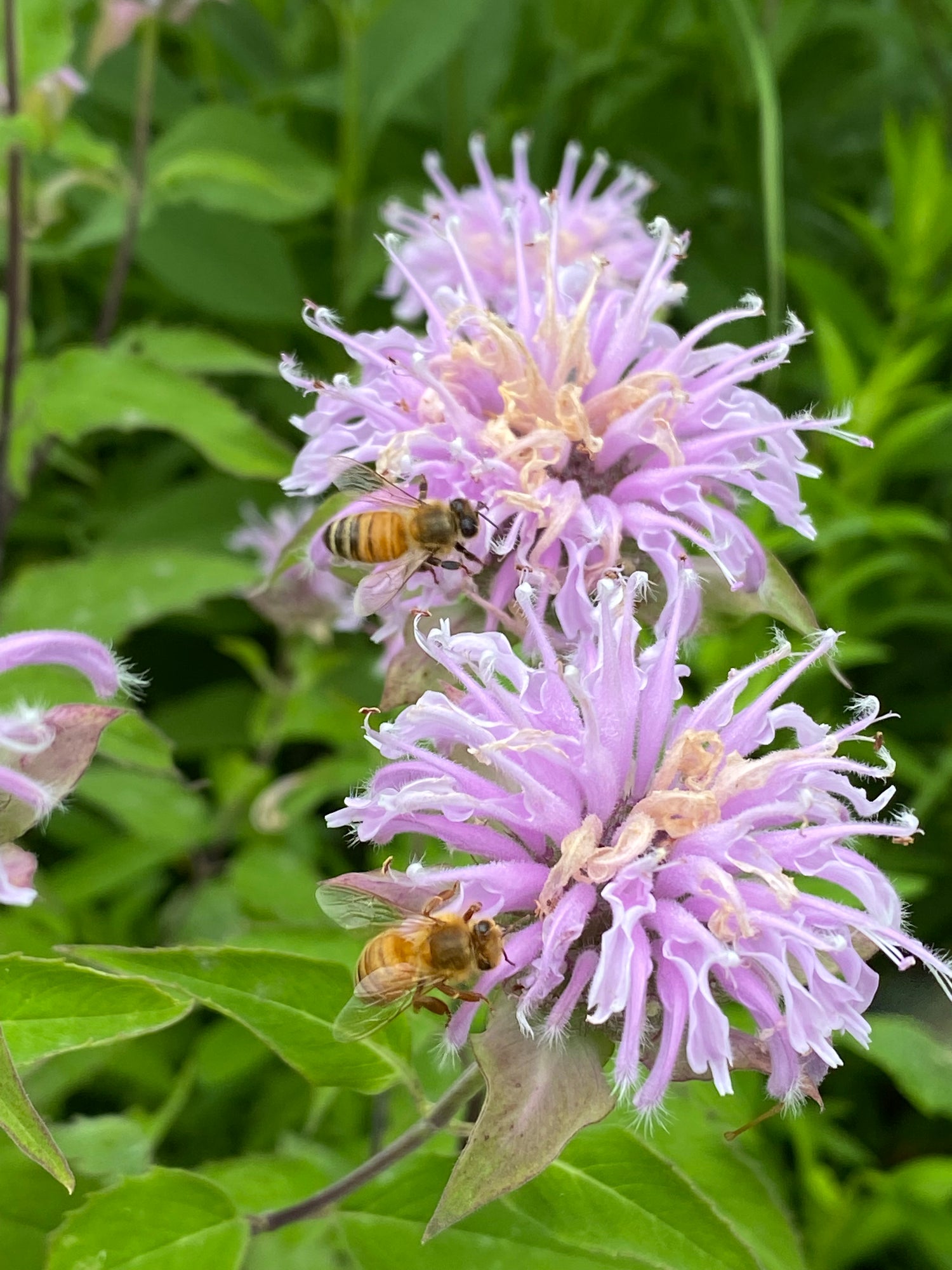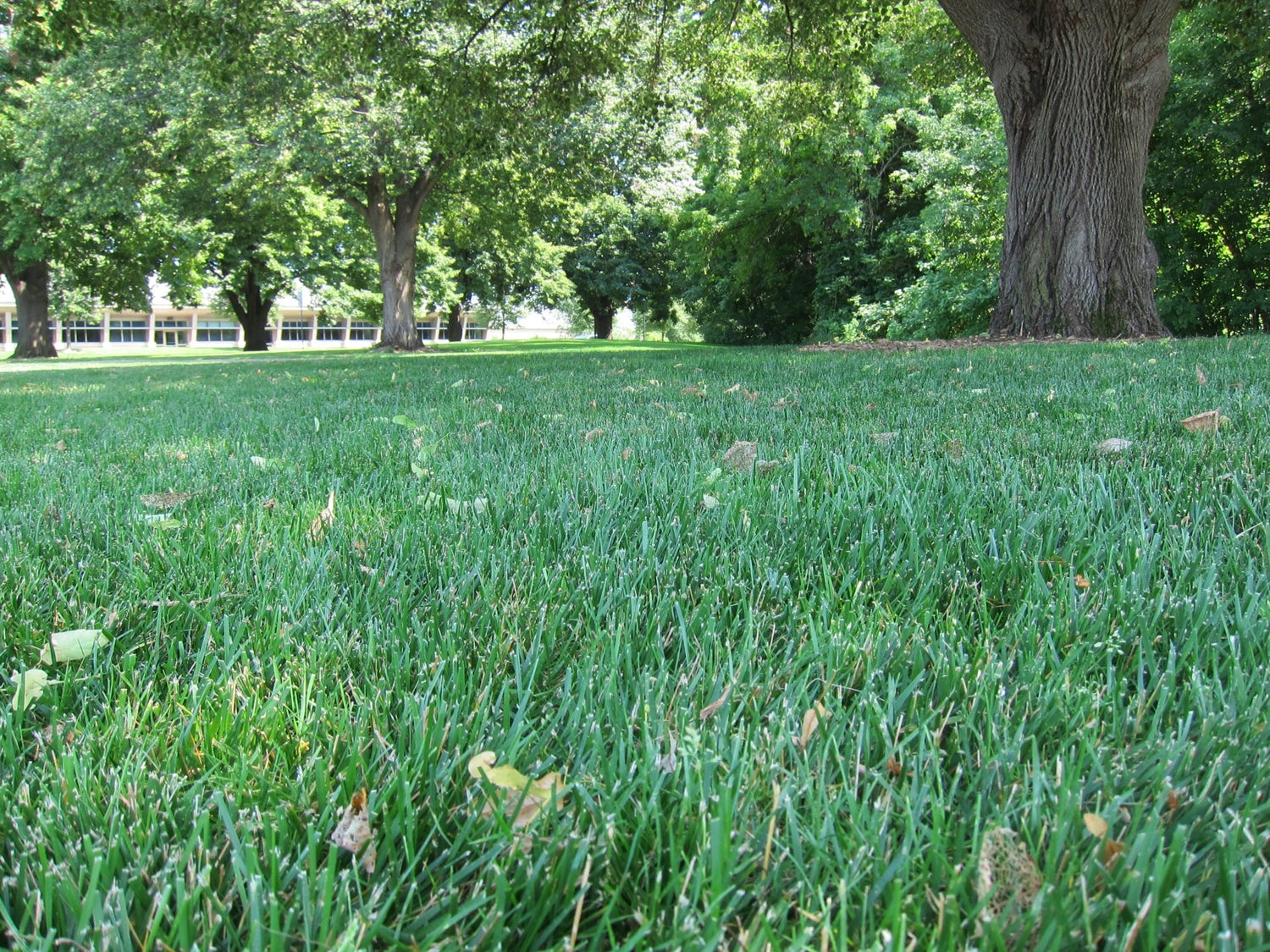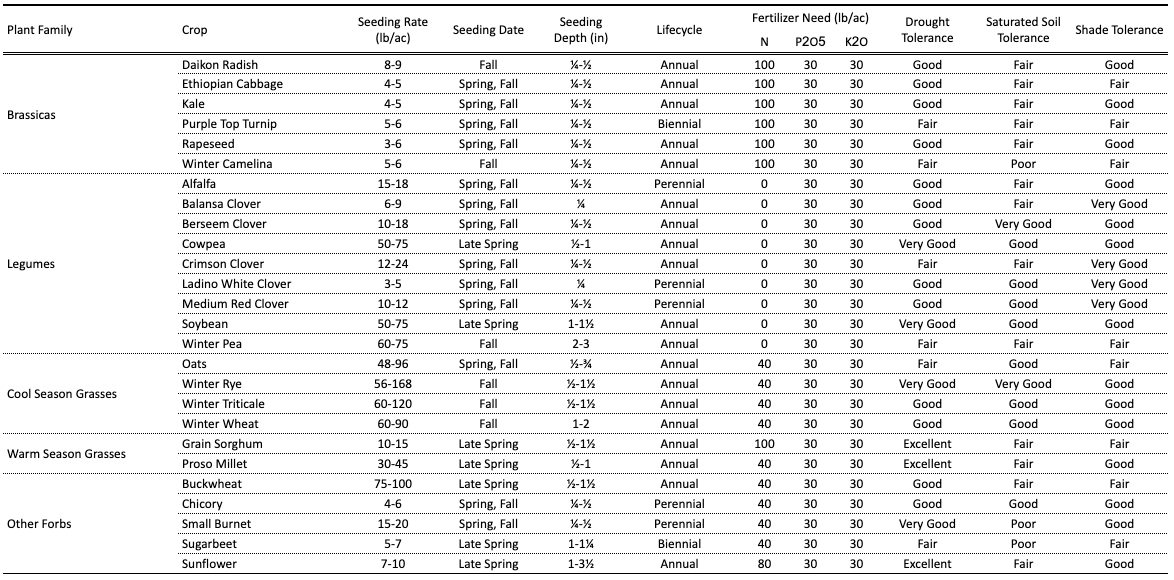Planting Basics
-

Determine Project Goals
What type of habitat or food sources are you planting or enhancing? Is there a specific time of the year that you are interested in? Map your site to get the size of the project. Pick the seed that fits your goals and site.
-

Sample Your Soils
Properly sample your site and use sample results to determine lime and fertilizer needs. Consult your state's extension service for sampling instructions and specific fertilizer recommendations.
-

Site Preparation & Planting
Prepare your site by removing and/or killing the current vegetation. Apply fertilizer & lime according to soil test results and plant needs. Till if necessary. Good seed to soil contact ensures proper germination. Plant at recommended depths, rates, and timings.

Growing Native Plants
Seeding
When: Fall - Late October until ground freeze; Frost - snow free periods during winter; Spring - April through mid June.
Method: Native seeds can be broadcast (by hand or mechanical equipment) or planted with drills specially designed to handle native seeds. Packing or rolling a spring planting helps with germination as native seeds require a firm seedbed. Packing fall or frost seeded plantings is not necessary as snow and rain will have time to settle the soil before germination.
First Season Management
Do not let weeds or other vegetation get taller than knee high in the first growing season. Mow to a height of 4 to 6 inches whenever the vegetation grows 12 to 18 inches high. Typically this is every 2-3 weeks during the first growing season, but will depend on local soils and weather conditions.
Long Term Management
After two to three growing seasons, most native plantings need to be burned to become well established. Burning promotes growth of native grasses and wildflowers and decreases weed pressure. Without burning a thatch layer will develop over time, limiting growth of native grasses and wildflowers. Controlled burning is one of the most important management practices for thriving native plantings.
Once your planting produces enough vegetation to carry a fire, the planting can be burned annually for 3-4 years. Mature prairies can be burned once every 3 to 5 years. Controlled burns in March or April will stimulate growth. Always use caution, common sense, and follow local fire regulations and obtain permits if necessary. Burn plans are essential for safety and achieving the best results from a controlled burn. Contact us or your local conservation agency for advice on how to develop a burn plan for your native planting.

New Lawn Establishment & Care
Watering After Planting
Water the newly panted area to keep seed moist. Do not let the area dry sufficiently until the seed is germinated.
Mowing
When mowing, never remove more than 1/3 of the grass's height in a single mowing.
Food Plot Seed Guide

Crop Seed Guide




